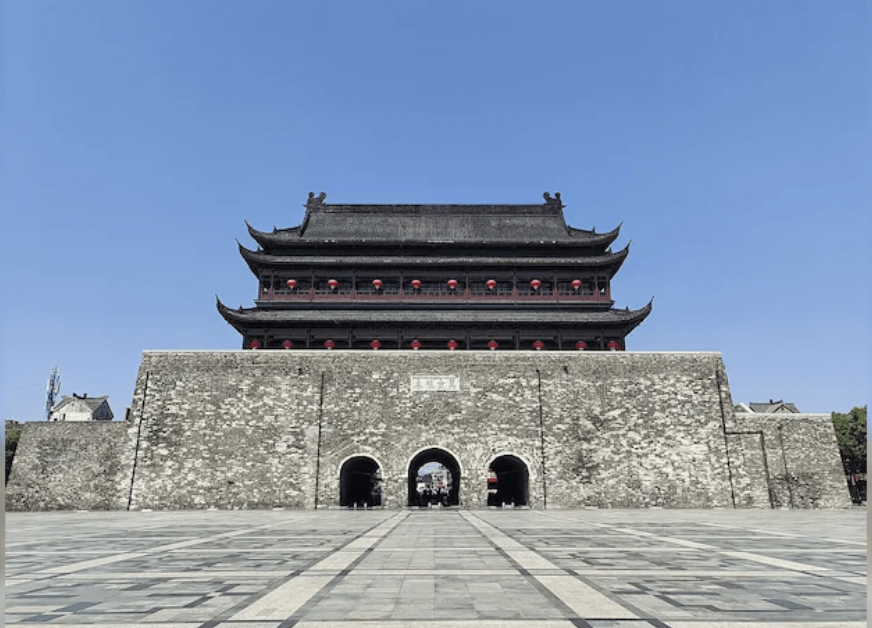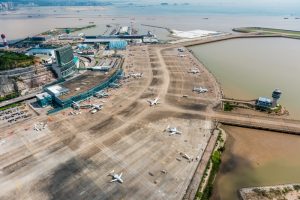Recently, hundreds of roof tiles fell from the historic Fengyang Drum Tower in China’s Anhui province. The incident was captured on video and quickly spread across social media. Fortunately, no injuries occurred, but the collapse has sparked concerns about the quality of recent restoration efforts at this 14th-century monument.
What caused the Fengyang Tower to collapse?
The fall happened less than a year after a significant renovation was completed at the site, located in Fengyang county—the birthplace of Hongwu, the founding emperor of the Ming dynasty (1368-1644). According to South China Morning Post (SCMP), the tower’s roof underwent restoration in 2023, part of a larger conservation project valued at approximately 2.9 million yuan (about US$402,600). The local culture and tourism bureau has launched an official investigation into the incident amid mounting scrutiny over the integrity of the repair work.
Who was responsible for the renovation, and were they qualified?
Reports allege that the contractor hired for the 2023 restoration had a history of illegal subcontracting, allowing unqualified personnel to carry out work under the contractor’s license. This same company was also responsible for repairs at a Ming dynasty ancestral hall in 2015, which suffered severe damage from a fire during renovation. Adding to concerns, China National Radio revealed that a drone inspection in December 2024 detected cracks in the newly restored roof just months before the collapse.
How has China responded to the incident?
In response, China’s state news agency Xinhua called for a thorough investigation into the project’s bidding process, financial management, and construction quality. Meanwhile, CCTV reported that the tower’s earlier renovation in 1995 had allegedly been carried out illegally, though local officials told Thepaper.cn that the 1995 work did have official approval.
These conflicting reports have reignited long-standing concerns about lax oversight in heritage conservation across China.
What are “tofu buildings,” and how do they relate to this collapse?
Following this incident, the term “tofu buildings” has gained renewed attention in Chinese discourse. It’s a slang term referring to poorly constructed structures that are prone to collapsing. While the Fengyang Drum Tower’s collapse resulted in no casualties, it has drawn comparisons with other deadly disasters, such as the 2023 roof collapse of a school gymnasium in Qiqihar, Heilongjiang, which killed 11 people due to improper use of heavy materials during rainfall. Similarly, in 2022, an eight-story building in Changsha, Hunan, collapsed, killing 54 — investigations revealed the structure was built by unqualified individuals.
What are the next steps for Fengyang Drum Tower and China’s heritage safety standards?
With national media and public sentiment demanding accountability, authorities are under pressure to enhance oversight of heritage preservation projects. The Fengyang Drum Tower, built in 1375, remains a key tourist attraction and a symbol of Ming-era architecture. However, this incident has raised serious questions regarding conservation standards and oversight, especially in provinces rich in ancient structures but suffering from inconsistent regulatory enforcement.













